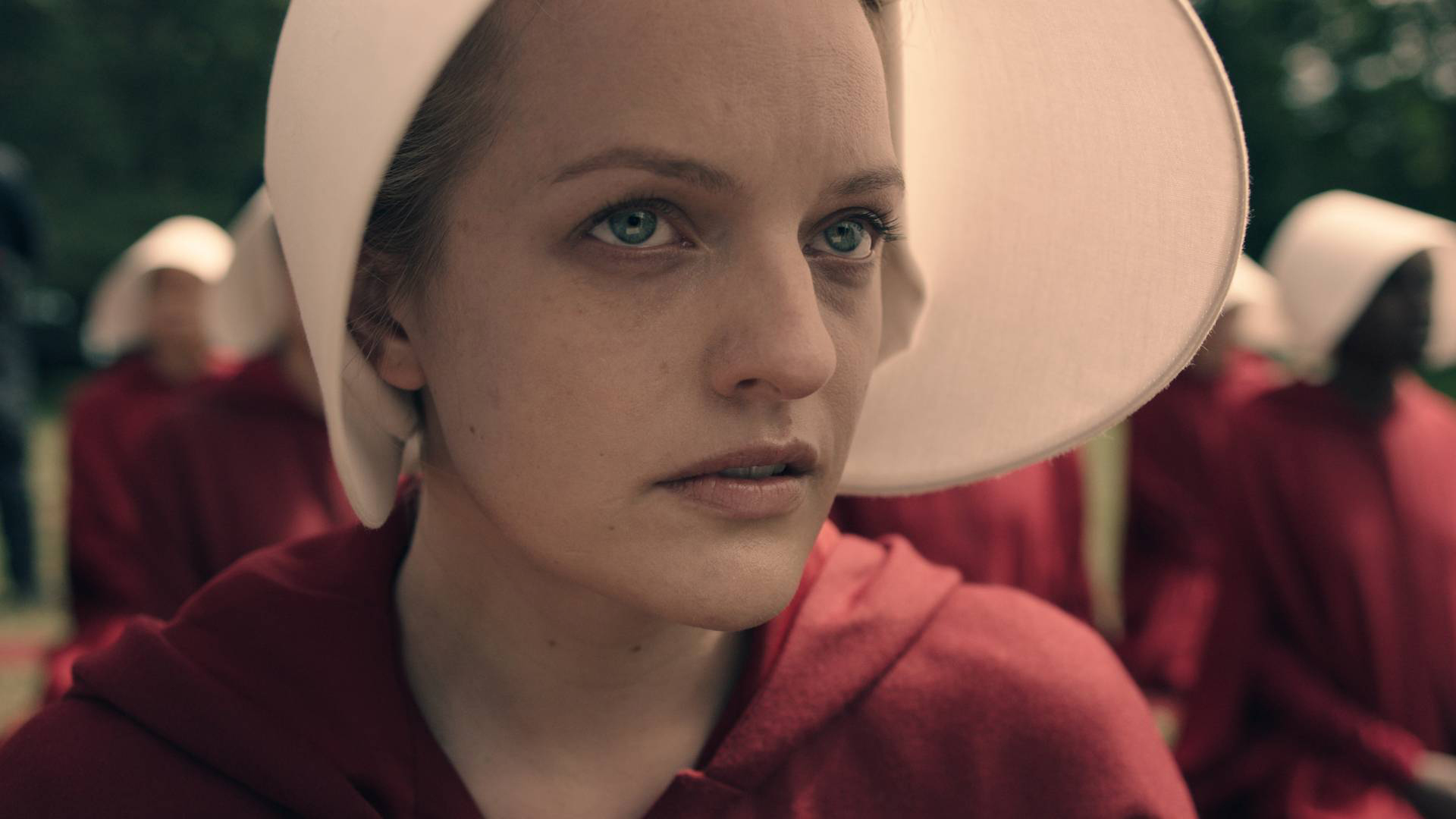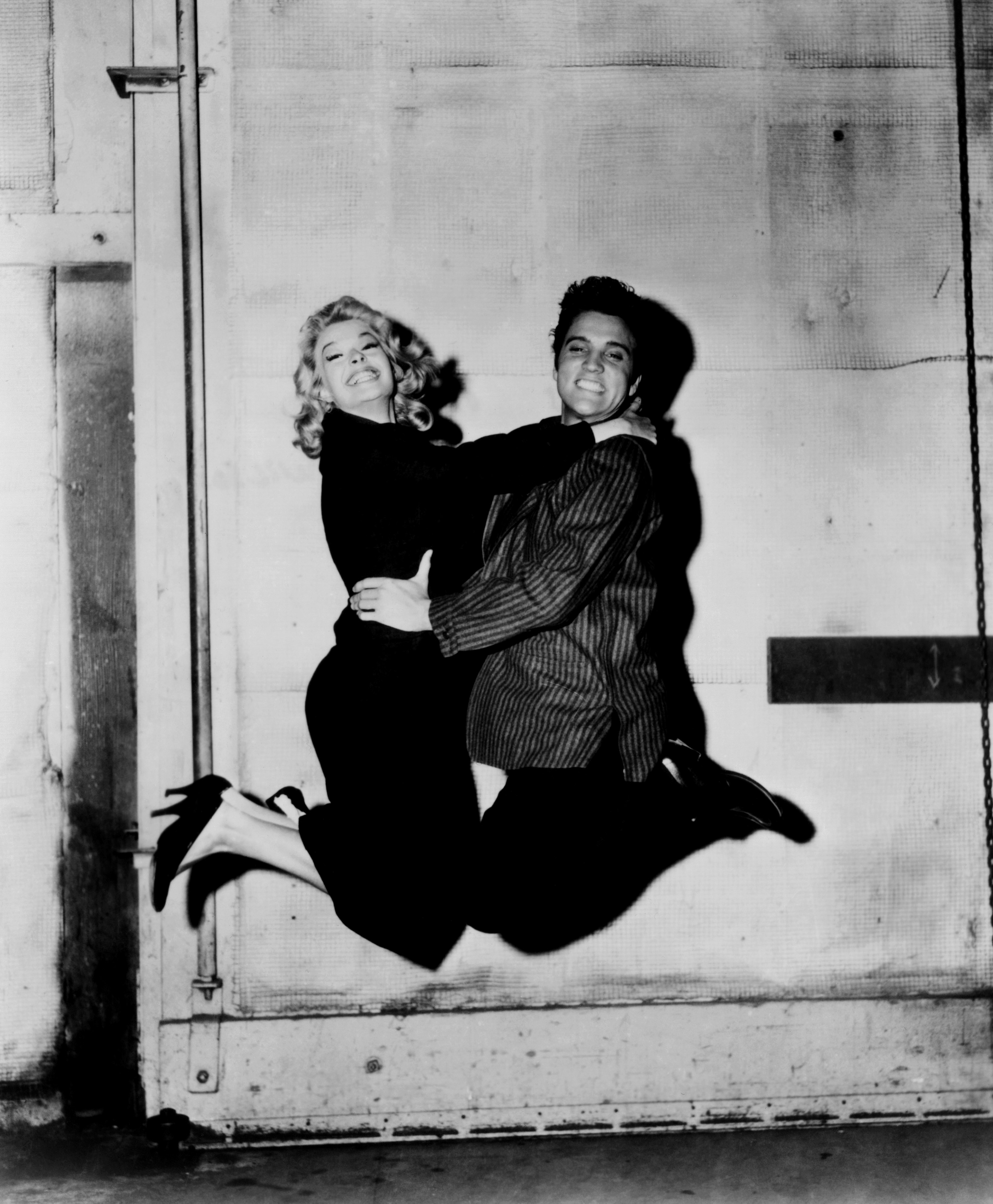The two movies named Best Picture at the 75th Golden Globes are Greta Gerwig’s Lady Bird and Martin McDonagh’s Three Billboards Outside Ebbing, Missouri, the former in the musical/comedy category and the latter for drama.
As far as this awards show being watched for Academy Award predictions, it now seems it could be a heated competition between these ttitles, both of which are focused on women characters.
And as it turns out, the actresses playing those characters also won the Golden Globes for Best Actress — Saoirse Ronan for Lady Bird and Frances McDormand for Three Billboards. The Oscar could now be either of theirs for the taking.
Because of the split between drama and musical/comedy at the Golden Globes, it also now looks like the lead actor race is between Gary Oldman for Darkest Hour and James Franco for The Disaster Artist.
The divisive Three Billboards was a big winner in general, some of its awards being real surprises. Sam Rockwell won Best Supporting Actor for his performance over presumed frontrunner Willem Dafoe and McDonagh won Best Screenplay in a category considered fairly wide open.
Other winners weren’t sure things nor surprises, and these people and movies with a new extra step towards Academy favor include Allison Janney, who won Best Supporting Actress for I, Tonya, Pixar’s Coco, which won Best Animated Feature, and Guillermo del Toro, who won Best Director for helming The Shape of Water.
Find the full results of the Golden Globe Awards below (winners are in bold).
MOVIES
Best Motion Picture, Drama
Dunkirk
The Post
The Shape of Water
Call Me by Your Name
Three Billboards Outside Ebbing, Missouri
Best Motion Picture, Musical or Comedy
The Disaster Artist
Get Out
The Greatest Showman
I, Tonya
Lady Bird
Best Director
Guillermo del Toro, The Shape of Water
Martin McDonagh, Three Billboards Outside Ebbing, Missouri
Christopher Nolan, Dunkirk
Ridley Scott, All the Money in the World
Steven Spielberg, The Post
Best Actor, Motion Picture, Drama
Timothée Chalamet, Call Me by Your Name
Denzel Washington, Roman J. Israel Esq.
Tom Hanks, The Post
Daniel Day-Lewis, Phantom Thread
Gary Oldman, Darkest Hour
Best Actress, Motion Picture, Drama
Jessica Chastain, Molly’s Game
Sally Hawkins, The Shape of Water
Frances McDormand, Three Billboards Outside Ebbing, Missouri
Meryl Streep, The Post
Michelle Williams, All the Money in the World
Best Actor, Motion Picture, Comedy
Steve Carell, Battle of the Sexes
Ansel Elgort, Baby Driver
James Franco, The Disaster Artist
Hugh Jackman, The Greatest Showman
Daniel Kaluuya, Get Out
Best Actress, Motion Picture, Comedy
Judi Dench, Victoria & Abdul
Margot Robbie, I, Tonya
Saoirse Ronan, Lady Bird
Emma Stone, Battle of the Sexes
Helen Mirren, The Leisure Seeker

Best Supporting Actor, Motion Picture
Willem Dafoe, The Florida Project
Armie Hammer, Call Me by Your Name
Richard Jenkins, The Shape of Water
Sam Rockwell, Three Billboards Outside Ebbing, Missouri
Christopher Plummer, All the Money in the World
Best Supporting Actress, Motion Picture
Mary J. Blige, Mudbound
Hong Chau, Downsizing
Allison Janney, I, Tonya
Laurie Metcalf, Lady Bird
Octavia Spencer, The Shape of Water
Best Screenplay
The Shape of Water
Lady Bird
Three Billboards Outside Ebbing, Missouri
The Post
Molly’s game
Best Original Song
“Home,” Ferdinand
“Mighty River,” Mudboumd
“Remember Me,” Coco
“The Star,” The Star
“This Is Me,“ The Greatest Showman
Best Original Score
Carter Burwell, Three Billboards Outside Ebbing, Missouri
Alexander Desplat, The Shape of Water
Johnny Greenwood, Phantom Thread
John Williams, The Post
Hans Zimmer, Dunkirk
Best Animated Feature
Boss Baby
The Breadwinner
Coco
Ferdinand
Loving Vincent
Best Foreign Language Film
A Fantastic Woman
First They Killed My Father
In the Fade
Loveless
The Square

TELEVISION
Best Television Series, Drama
The Handmaid’s Tale
This Is Us
The Crown
Game of Thrones
Stranger Things 2
Best Television Series, Comedy
black-ish
The Marvelous Mrs. Maisel
Master of None
SMILF
Will & Grace
Best Limited Series or Television Movie
Big Little Lies
Feud: Bette and Joan
Fargo
Top of the Lake: China Girl
The Sinner
Best Actress, Limited Series or Television Movie
Nicole Kidman, Big Little Lies
Reese Witherspoon, Big Little Lies
Jessica Lange, Feud: Bette and Joan
Susan Sarandon, Feud: Bette and Joan
Jessica Biel, The Sinner
Best Actor, Limited Series or Television Movie
Robert De Niro, The Wizard of Lies
Kyle MacLachlan, Twin Peaks
Jude Law, The Young Pope
Ewan McGregor, Fargo
Geoffrey Rush, Genius
Best Actress, Television Series, Drama
Elisabeth Moss, The Handmaid’s Tale
Claire Foy, The Crown
Katherine Langford, 13 Reasons Why
Maggie Gyllenhaal, The Deuce
Caitriona Balfe, Outlander

Best Actor, Television Series, Drama
Freddie Highmore, The Good Doctor
Sterling K. Brown, This Is Us
Bob Odenkirk, Better Call Saul
Jason Bateman, Ozark
Liev Schreiber, The Deuce
Best Actress, Television Series, Comedy
Pamela Adlon, Better Things
Alison Brie, GLOW
Rachel Brosnahan, The Marvelous Mrs. Maisel
Issa Rae, Insecure
Frankie Shaw, SMILF
Best Actor, Television Series, Comedy
Anthony Anderson, Black-ish
Aziz Ansari, Master of None
Kevin Bacon, I Love Dick
William H. Macy, Shameless
Eric McCormack, Will & Grace
Best Supporting Actress, Television Series
Laura Dern, Big Little Lies
Ann Dowd, The Handmaid’s Tale
Chrissy Metz, This Is Us
Michelle Pfeiffer, The Wizard of Lies
Shailene Woodley, Big Little Lies
Best Supporting Actor, Television Series
Christian Slater, Mr. Robot
David Harbour, Stranger Things
Alfred Molina, Feud: Bette and Joan
Alexander Skarsgard, Big Little Lies
David Thewlis, Fargo
Let’s block ads! (Why?)










